The Brontë story is like no other, where else would we find three creative geniuses in one sibling group? In other ways it is a story familiar to us all, a stage we all must tread with its entrances and exits. This last week we remembered the passing of the great Anne Brontë on 28th May 1849, but it also saw the anniversary of another person connected with Anne and with the wider Brontë story: Edmund Robinson.
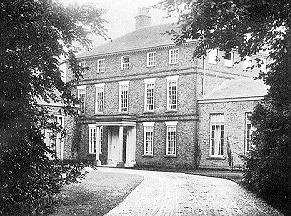
Edmund Robinson was born in 1800 into a wealthy family of landowners in the York region, and he died on 26th May 1846. His life impacted not just on his family but on the Brontë family too, for it was he who employed both Anne and Branwell Brontë to work at his family home of Thorp Green Hall. It would change both lives forever, and Branwell especially would never be the same again.
Anne Brontë was initially employed by the Robinsons as governess in 1840 and she remained in the position, highly valued, for over five years. It was due in part to her excellent work that they decided to employ her brother when they needed a tutor for their son Edmund junior, and Branwell followed Anne to Thorp Green in 1843. The story is well known of how Branwell fell in love with the mistress of Thorp Green Hall Lydia, the wife of Edmund senior. It may be that they had an affair, certainly Branwell claimed that they did, and in 1845 he was dismissed in disgrace and soon entered upon a dangerous downhill spiral fuelled by drink and drugs.
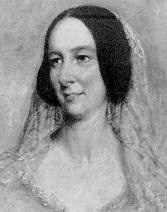
That much is known, but what do we know of the man who ruled Thorp Green Hall, Edmund Robinson. The information we have is scant but fascinating, and we are left with more questions than answers. The Robinsons had a long connection with the area and had long been landowners and masters of Thorp Green Hall. His father, another Edmund Robinson, Esquire, had died in 1800 just weeks after his son’s birth, aged just 33.
Another family connection to our Edmund Robinson was Frederick John Robinson, later Viscount Goderich and the first Earl of Ripon. Robinson, by that time Goderich, served as Prime Minister from 1827 to 1828. It is said that when he offered up his resignation to King George IV, Goderich wept so much that the King offered him his own handkerchief.
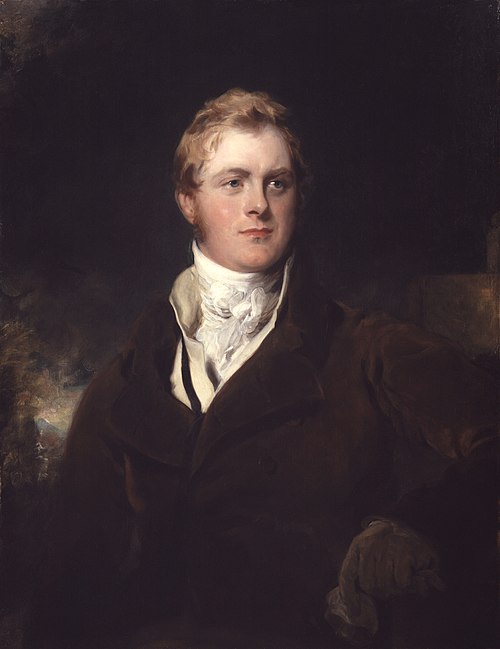
We do not have any such records of Edmund Robinson weeping. He is said to have been a choleric man with a hot temper, one who enjoyed nothing as much as hunting in his own extensive grounds. It was a little surprising, therefore, when he took holy orders, became Reverend Robinson, and became vicar of his own church, Holy Trinity, at Little Ouseburn on his Thorp Green estate (that’s it at the top of this post, and below, photograph copyright of Mark Davis).
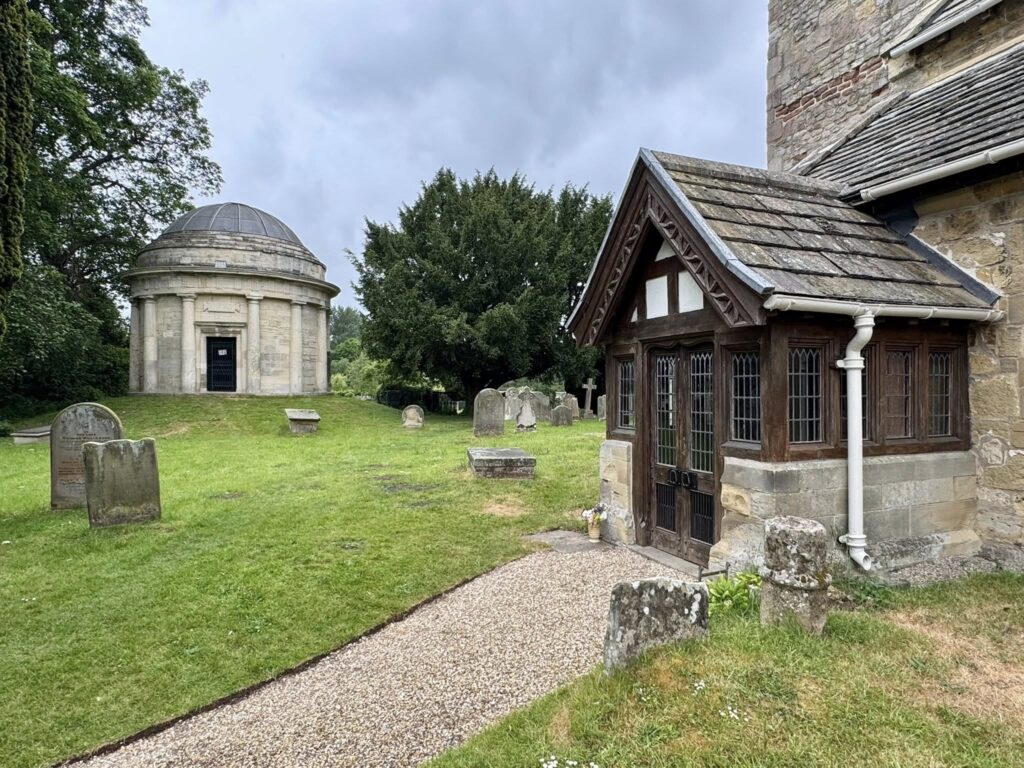
After becoming vicar Robinson showed no inclination at all to do the job. A succession of assistant curates carried out the week to week duties of the church and Reverend Robinson carried out no services at all, other than baptising his own family members. Or, should I say, almost none at all – for Robinson carried out one other baptism of a local girl. Why would he do this? Was she related to him, was she perhaps an illegitimate daughter of Reverend Robinson? We shall never know.
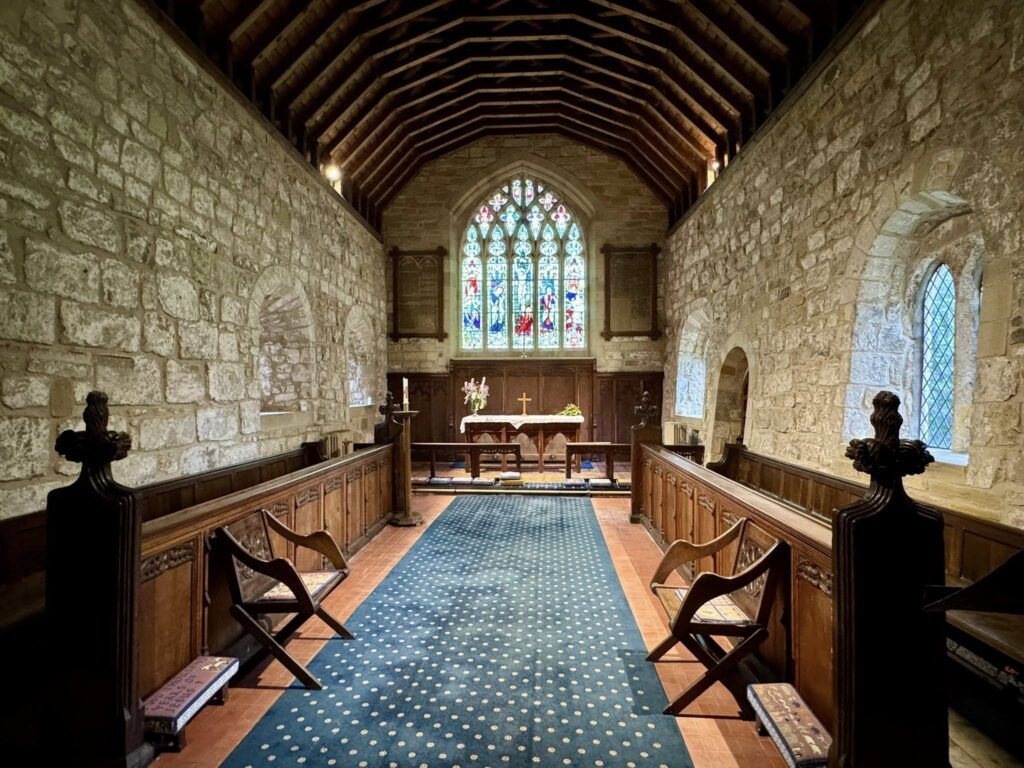
People with the status of Edmund Robinson were expected to marry well, and he did in 1824 when he married Lydia Gisborne. Her father Thomas was also a squire and clergyman, but he became a senior figure at Durham Cathedral and was one of the founders of Durham University alongside Archdeacon Charles Thorp, a cousin once removed of Edmund Robinson. There were tensions in the marriage, and Branwell wrote of how Robinson mistreated his wife Lydia.
Branwell Brontë hoped that the death of Reverend Edmund Robinson on this week in 1846 would allow him to marry the widow Lydia Robinson; he could not understand that class distinctions of the time made that impossible. In fact, Lydia married the Baronet Sir Edward Dolman Scott in November 1848, just three months after the death of his first wife. In the process Lydia Robinson elevated herself to become Lady Scott.
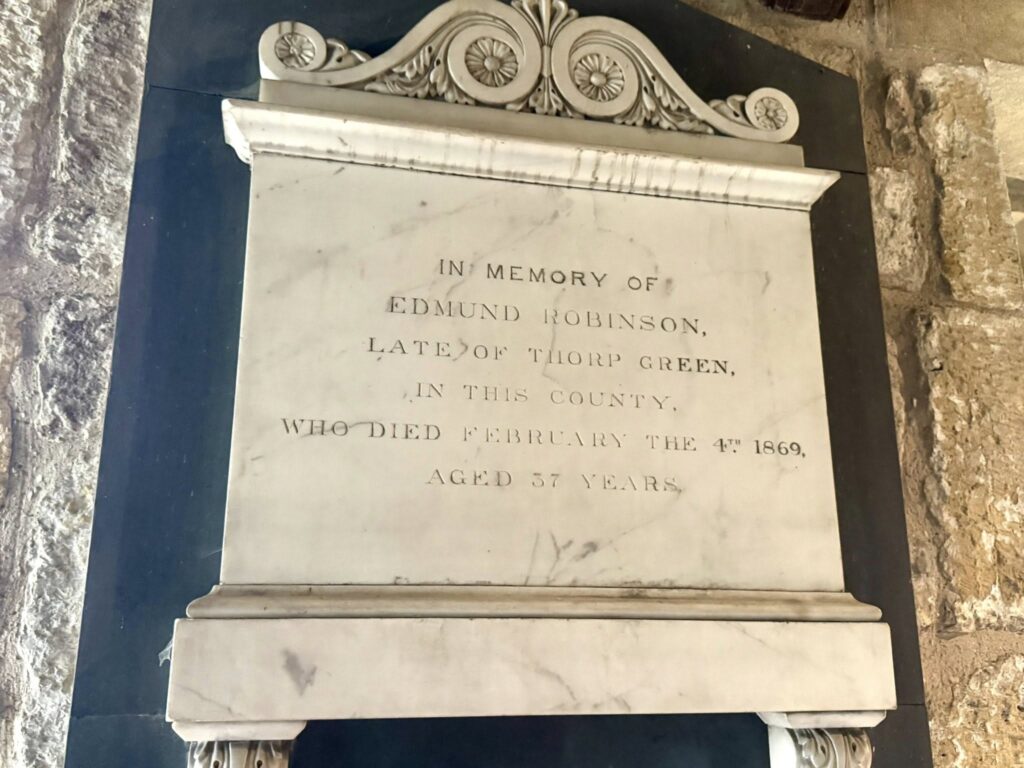
Many of the wonderful pictures in today’s blog were taken by the brilliant Brontë country photographer Mark Davis, and are being used with his permission. Mark is one of the co-authors, along with Steven Stanworth, of a forthcoming book about the Brontës in Thornton and beyond called Birthplace Of Dreams from Amberley Publishing. Mark and Steven were at the very heart of the campaign to save the Brontë birthplace in Thornton for the public, and it wouldn’t have succeeded without them. I’m very proud, therefore, to have written the foreword for the book – more news on that as the publication date draws near.
I hope the sun realises that we have now entered meteorological summer, and I hope that you can join me next week for another new Brontë blog post.
